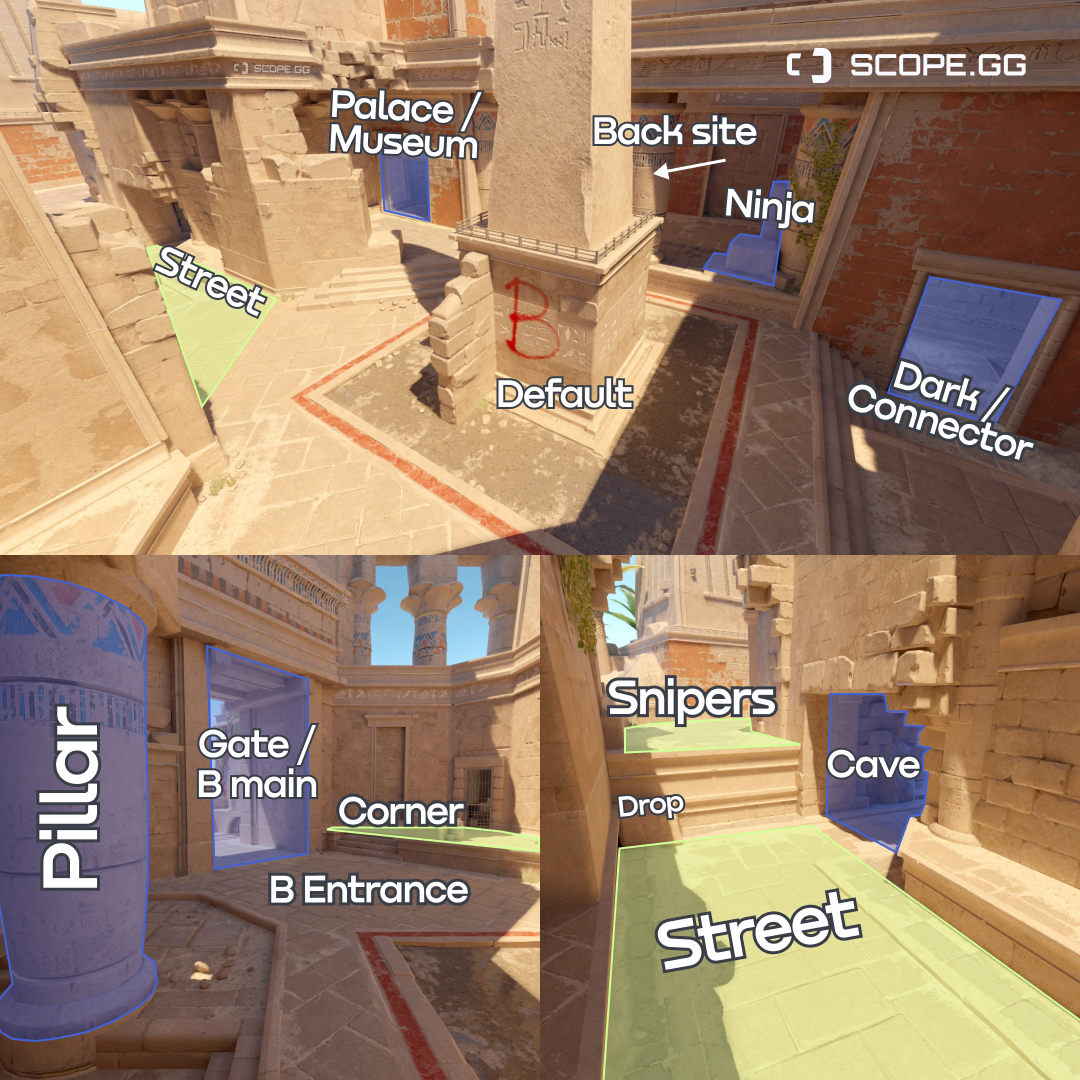Revitalize Your Look with Biondo Hair Design
Explore the latest trends and tips in hair design and care to achieve the perfect look.
Become a CS2 Callout Connoisseur and Dominate
Master CS2 callouts like a pro! Elevate your gameplay and leave your opponents in the dust with expert tips and strategies.
Mastering the Art of Callouts in CS2: Essential Tips and Tricks
Mastering the art of callouts in CS2 is essential for effective team communication and gameplay. Callouts refer to the specific terms and phrases used to describe locations and strategies within the game, allowing players to relay information quickly and clearly. Start by familiarizing yourself with common callouts for each map. Create a master list of these terms and practice using them in your matches. For instance, on maps like Dust II or Mirage, knowing the callouts for crucial locations such as 'A site', 'B site', or 'Mid' can be a game-changer.
Additionally, consider implementing visual aids to reinforce your understanding of callouts. Use map overlays or guides that highlight important positions and the corresponding callouts. As you build your vocabulary, remember to focus on clarity and brevity—this will help your teammates respond more effectively during crucial moments in the game. Regular practice is key; coordinate with teammates to ensure everyone is on the same page, and hold discussions to refine and expand your callout lexicon.

Counter-Strike is a popular team-based first-person shooter that has garnered a massive following since its release. Players engage in tense combat scenarios, taking on the roles of terrorists or counter-terrorists. One of the most sought-after items in the game is the flip knife, known for its unique design and impressive animations, making it a favorite among players.
Top 10 Callout Mistakes to Avoid for Better Communication
Effective communication is essential in any workplace, yet many professionals make common callout mistakes that can lead to confusion and misunderstandings. One of the top mistakes to avoid is not being specific when addressing issues. Instead of generalized remarks, clearly identify the person involved, the situation, and potential solutions to create a more constructive dialogue. Additionally, failing to listen can be detrimental; active listening ensures that all parties feel heard and respected, fostering an environment conducive to better communication.
Another common misstep is overloading your message with information; simplicity can significantly enhance clarity. Aim for concise, focused statements that convey your point without unnecessary details. Moreover, ignoring non-verbal cues is a mistake that many make; body language and tone can greatly impact the interpretation of your message. To enhance your callout effectiveness, remember to follow up on conversations—this demonstrates commitment to resolution and solidarity in addressing the issue.
How to Create Clear and Effective Callouts for Every Map in CS2
Creating clear and effective callouts for every map in CS2 is essential for improving communication within your team. To start, familiarize yourself with the layout of each map. Take note of significant landmarks, choke points, and strategic positions. A good way to organize your thoughts is to create a list of key areas on the map that need callouts, such as:
- Bomb sites
- Spawn points
- Common hiding spots
- Routes for rotation
This will help ensure that everyone on your team is on the same page and can quickly relay information during gameplay.
Next, when discussing your callouts, strive for brevity and clarity. Use simple terminology and avoid overly complicated phrases that may confuse your teammates. For example, instead of saying 'the area near the green bus,' you might narrow it down to 'Green Bus' for quick reference. Maintaining a consistent naming convention across your team will significantly enhance your communication efficiency. Additionally, consider utilizing a map guide reference where you can visually mark these callouts, providing a point of reference for both new and experienced players alike.